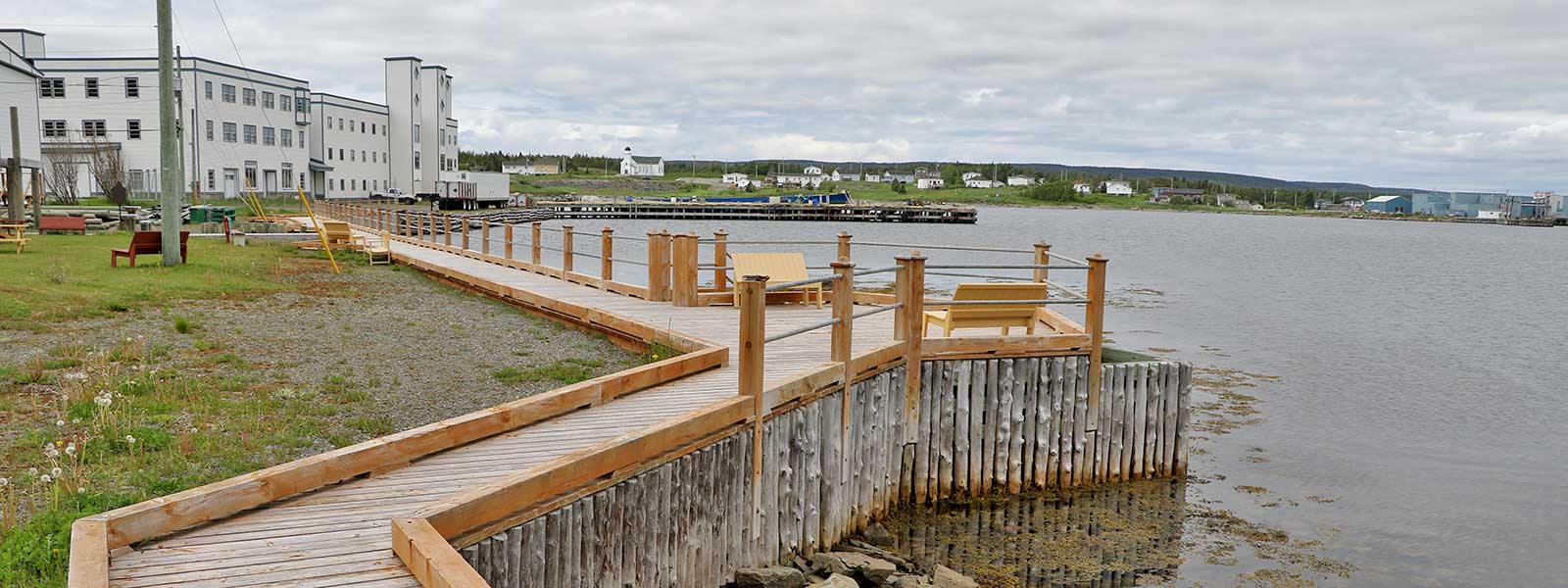The rock surfaces in front of you, like many in this area, contain rare and exceptionally well preserved fossils from the Ediacaran Period (635 to about 541 million years ago). Ediacaran organisms represent the first appearance of large, complex life, living and flourishing in the dark, murky depths of an ancient sea. They lived on the muddy sea bottom, so far below the surface that no light could penetrate. During this time, there were occasional submarine avalanches of mud, silt, and sand flowing down the deep sea slope, depositing the thick beds of sediment seen today. Explore the geosite and observe the brown-beige volcanic ash layers above the fossils. These ash layers are important in preserving the fossils and allowing geologists to date the age of the rocks.
Ediacaran fossils visible at this geosite include:
- Charniodiscus (Char-knee-o-disk-us): This fossil comprises a holdfast disc, with a stem and a frond-like structure on top;
- Bradgatia (Brad-gate-ee-ah): A small cabbage shaped organism;
- Aspidella (Asp-id-el-ah): An oval disc-shape;
- Ivesheadiamorphs (Ives-head-ee-ah-morphs): The fossilized remains of an organism that is partially decayed, with a pizza-like shape.
Low tide is required to access the area.
Getting Here
Drive to Port Union on Route 230 and turn into Port Union South on Main Street, passing the Port Union National Historic District. Park by the Sir William F Coaker Heritage Foundation Building. The outcrops are located on the shoreline, where the steps lead down to the tidal outcrops. Low tide is required to access the area. One can also walk to the outcrops in front of the rest area on the opposite side of the cove.
Tidal outcrops are only accessible at low tide.
Safety
Rocks and seaweeds can be very slippery. As a general rule, avoid stepping on anything black or green in colour.
Cultural/Historical Attractions
Port Union is North America’s only union built town and buildings were constructed in 1916. It is designated as a National Historic District. The town was created to be the “capital” for William Ford Coaker and the members of the Fishermen’s Protective Union as they built a new type of commercial and economic footing for Newfoundland’s fishermen. Visit the Sir William Ford Coaker Heritage Foundation to learn more about this fascinating story
